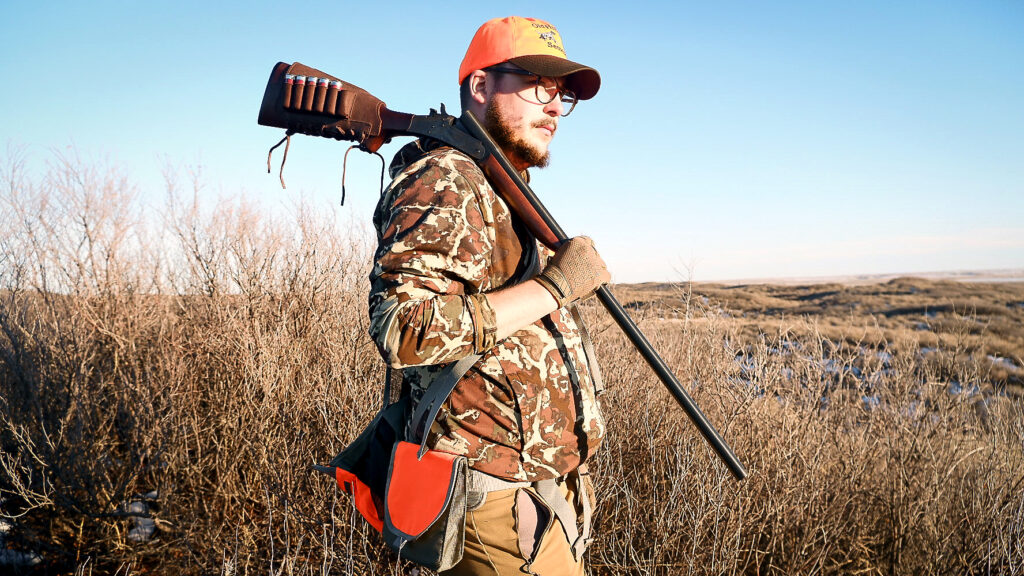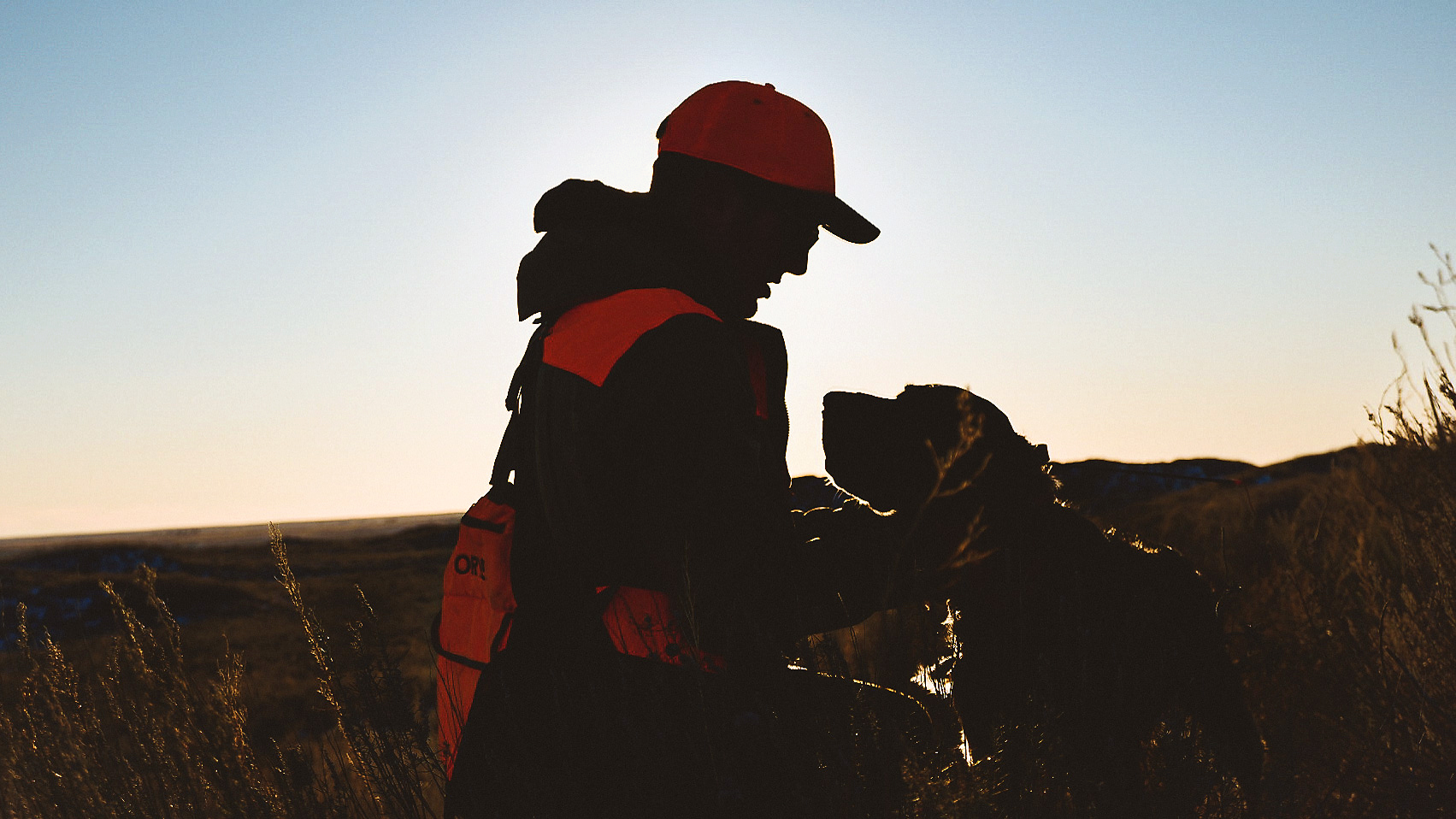This last week was a pivotal time for me. It was filled with late-night thoughts as I lie under the open sky, sipping bourbon and beer with two great friends in the middle of the Oklahoma sand dunes region and chasing bobwhite quail throughout the daylight hours.
There were many ups and downs to the trip – the positives far outweighing the negatives – including adjusting to freezing temperatures, exploring new, rugged terrain, hunting with a great dog and figuring out how to tackle the new shooting hours on this specific wildlife management area.
We arrived at our camp late Thursday night, rolling into the designated spot around 10:30 p.m. It took us time trying to find it, as the signage on the access road wasn’t the best nor the map we were provided by the Oklahoma Department of Wildlife Conservation. After quickly setting up camp in low 20-degree temperatures, David Schlake, Mark Foster, and I took time to build a fire, warm up and discuss what lie ahead. David is a writer for Wide Open Spaces based in Austin, Texas, and my friend from WVU and Mark is David’s best friend from high school. We made a game plan on where we would try and flush birds, said our goodnights and crawled into our sleeping bags.
The next morning provided us our first dose of adversity. We didn’t realize how heavy the snow had fallen in Beaver, Okla., and quickly realized that even though there was a ton of quail sign – tracks, poop, etc. – that we may not get a crack at them. Nonetheless, Texas Sage, David’s Old Hemlock Setter, worked her tail off, thoroughly scanning every bush and clump of brush. No dice. After a long day of tromping through the snow, we decided to head to another piece of the WMA called the McFarland Unit.
It was past the shooting cutoff of 4:30 p.m. – something we all took issue with – when we pulled into McFarland, but there was still a lot of daylight left to scout. Within minutes, a covey of bobwhites crossed the road ahead of us. Finally, some birds. Then, as we were looking for a spot to turn around, another covey was walking under the waist-high mesquite bushes. Saturday was going to be our day.

Another late night of discussion and storytelling gave us our new game plan, and the next morning we hit the road for McFarland around 9 o’clock. The first few jaunts over the landscape that was recently hit by a wildfire left us with no flushes and sooty branch marks all over our gear. But finally, Sage picked up on a scent and took us to similar cover we had seen the second covey in the afternoon prior. No birds flushed, and after a few minutes, David saw a cottontail rabbit run into the cover. With Sage working pieces of cover nearby, he moved in to try and get a shot on the rabbit and a large covey busted out of the cover. Foster and I were both taken by surprise, but David was able to put a shot on one of them. It was too fast, though, and escaped down into a ravine. We decided to move on to the larger group, which had flushed to our left, but after searching for roughly 20 minutes we were unable to find them, assuming they landed and ran into the no-shooting zone that was nearby.
After that, excited and ready for more shots on birds, we moved down the road to more cover. We ended up pushing two more coveys, and, without making excuses, the three of us unloaded our shotguns and hit zero birds. We continued, pushing to where we saw the birds land and I was lucky to get one more shot. Another miss.

Despite all of us being horrible shots in those few moments, we were extremely excited to have flushed birds. It was my very first time experiencing a covey of bobwhites flush and will stick with me forever. The sound the birds make was music, and the rush it gave me rivals buck fever. After moving to our final spot of the day, we were unable to flush any birds. As we put our gear away, Sage went on point. Being past the 4:30 cutoff, David moved toward her and another covey busted out of the brush. It would have been a golden opportunity for us should we have not had the restriction in place.
But that’s part of it. Learning the puzzle of different hunting situations is tough, and it’s incredibly rewarding when you can make it happen. Even though we left western Oklahoma with no birds, we left with an experience unlike any other under our belts. On my long drive back to West Virginia, I had time to process the whole trip. It’s not always about killing an animal. Sure, it would have been nice to get a bird and tell you all about the feeling of holding it, what recipe I had in mind and much more, but instead I get to tell you a story many of you can relate to. I get to relive hunting over the Mountain State’s native setter OH Texas Sage, camping under the Milky Way and a hunting trip with two great friends. I also learned a new spot to hunt for future trips, how to identify bobwhite quail on the fly and how to hunt Oklahoma’s landscape.
I also learned I need to work on my shooting.
TWEET @andrewspellman_




